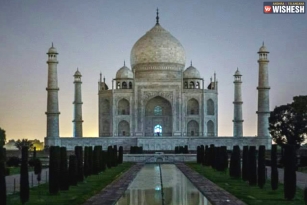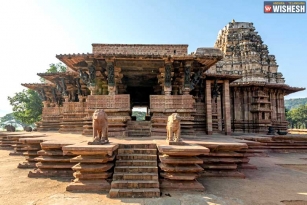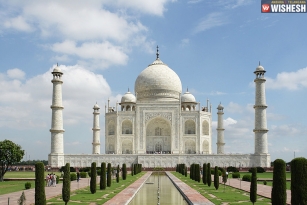
India's iconic and heritage structure Taj Mahal is in the news these days because of the discolouration happening to it. Archaeological Survey of India took some measures to prevent Taj Mahal from fading away further however, Georgia scientist have found out the actual reason behind this.
Georgia scientist Professor Bergin, along with Indian Institute of India and Archaelogical Survey of India, placed white marble blocks around the Taj Mahal area site for an year and also two air sampling equipments to monitor the air pollution in Agra. They found out that high concentration of light absorbing organic carbon which is commonly called as brown carbon, dust and black carbon are responsible for the discolouration of white marble. The particles of pollution are very small and stick to the surface of marble very well and also they can not be cleaned easily as they are insoluble with water.
{besps}stories/slideshow/TajMahalDiscolouration{/besps}
Professor Bergin concludes through his study that bringing down the use of organic material and reducing the traffic around Taj Mahal would help to get back its original colour. He also said that this pollution will affect the people's health who residing near by to the monument.
In 1983, Taj Mahal has been named as the UNESCO World Heritage Site and since then the Indian government has restricted industrial omissions about 4000 square mile zone around the heritage structure.
- TVR


























